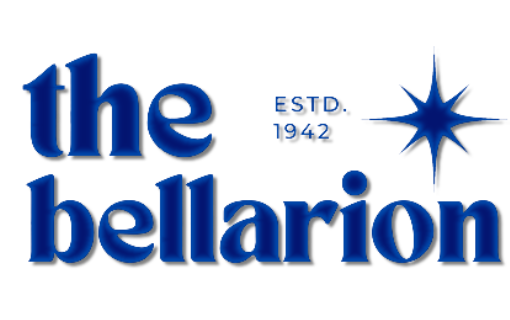Education is at a peak in our country; new advancements in technology, teaching practices, and improved policies are common reasons as to why our country is at its best. But there is another, less exposed side to our education; a hands-on, interactive learning experience that is becoming more and more controversial in our society. One of those activities is dissection. Though commonly deemed immoral and unethical by many animal-rights activists, high schools around the nation are still using dissection as an invaluable learning tool.
Students in Bel Air High School’s Anatomy and Physiology classes have been learning about the body systems since the 1950s, and though the students may change yearly, dissection has been a part of the curriculum since its beginnings. While textbooks are used for introductory lessons to a specific body system, many students feel that pictures do little to demonstrate the “real-deal” inside of an organism. “I think that dissections are a really great learning experience. It’s not every day that a student gets to literally look inside what they’re studying and see it first-hand. It’s not something you can really get by looking at a picture,” says Anatomy Student, Cleo Rolocut.
There are also some who believe that dissection is wrong. Arguments include: devaluing life, wasting money and that dissection itself is outdated. “It’s not like animals come in and cut us up, so I don’t think it’s right that we do the same”, said High School Student, Shelby Fallon, “there are a few good solutions to avoid dissection.”
One of the alternatives to dissections is a virtual online dissection. The website will post pictures of a dissection being done, while students navigate around the pictures to learn about the systems. The animal being dissected is still real, but many feel that one animal as opposed to thirty animals is a better alternative.
“Clearly the most dangerous thing in the lab are the scalpels, they are designed to cut into flesh, and you are made of flesh so you can be cut as well. We take a lot of time to make sure that students, through previous dissections, know proper dissection techniques. We set up protocols for the cat dissections to make sure that students are not close to the scalpel if they are not holding on to the scalpel which cuts down, pun intended, on injuries in the lab”, Mr. Burke, anatomy teacher stated.
Students are always given proper instructions on how to use the tools given, such as scalpels, and must always wear gloves and goggles.
Do the informational and educational benefits justify the animals dissection? This still remains a matter of debate as some states are looking into banning dissections. Maryland is one of fifteen states that require an alternative be in place.

